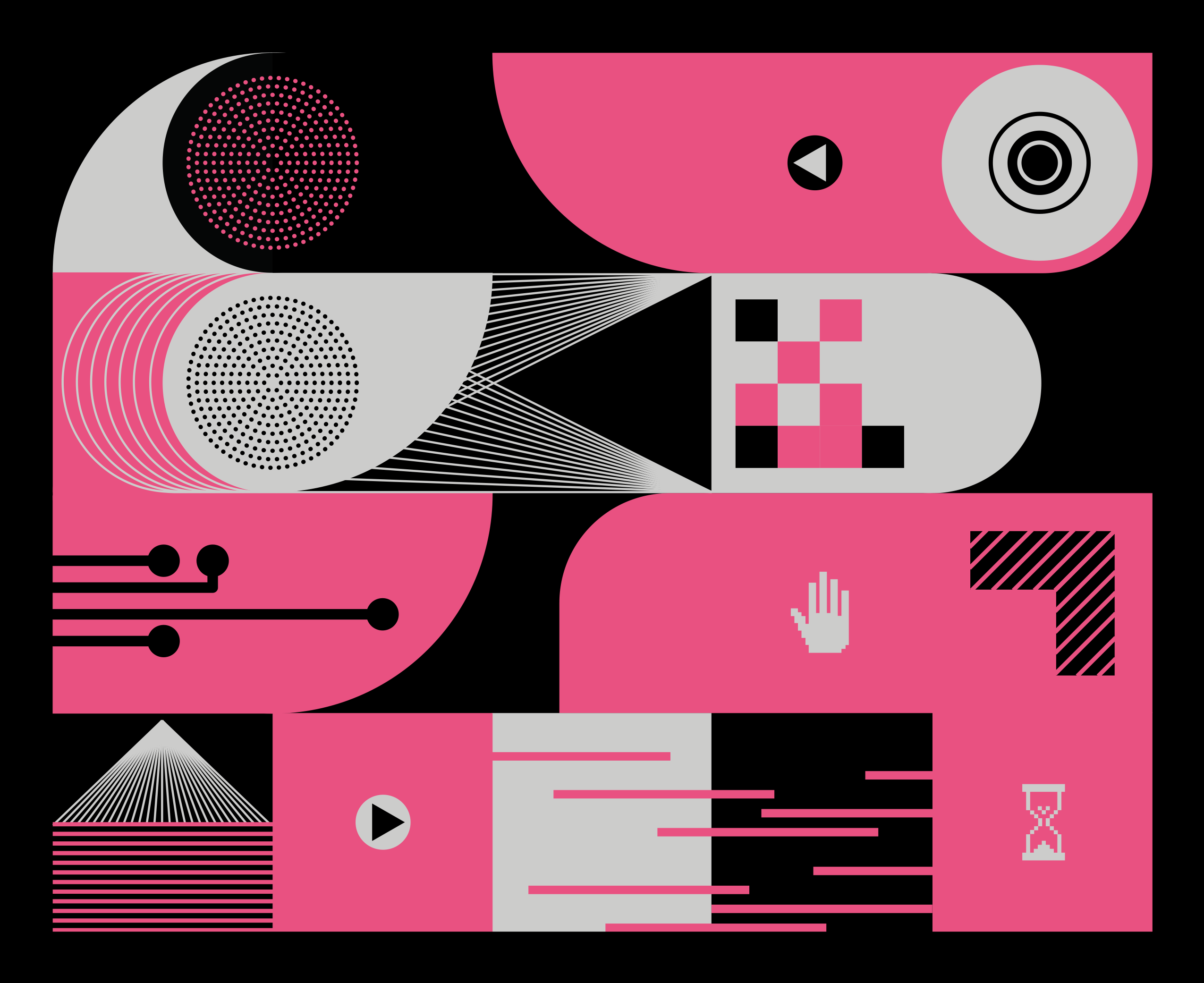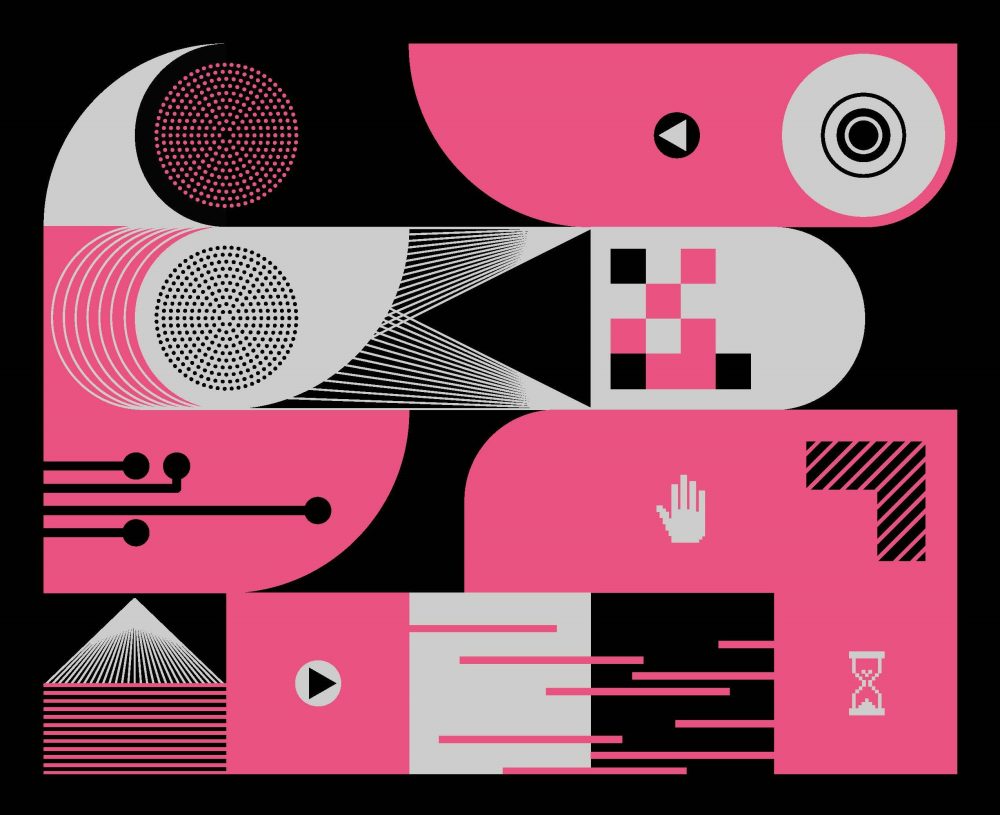Executive Summary
For the last six years, Knight Foundation has made investments that support digital integration in arts organizations in its eight primary communities. To support analysis of the impact of its portfolio and to better identify grant opportunities related to digital integration, Knight has developed a Digital Maturity Framework and a related Self-Assessment Tool that can be deployed to help grantees and applicants self-assess their digital maturity—key to successful digital integration—and, when re-administered, to measure progress.
The Self-Assessment Tool was then used by 83 Knight Arts grantees in July 2023. This report describes the development of the Framework and Self-Assessment Tool and shares aggregate findings from the 83 grantee users. It concludes with learnings from the project and ideas for next steps.
To develop the Framework and Self-Assessment Tool, Knight Foundation engaged 8 Bridges Workshop, a consulting firm based in Saint Paul, Minnesota, with experience in digital capacity building. Knight and 8 Bridges built the Digital Maturity Framework and Self-Assessment Tool, supported by engagement with field-leading advisors, feedback from a cohort of 12 beta-testers selected from among Knight grantees and desk research examining comparable efforts among grantmaking organizations and policymakers in the United States and abroad.

While Self-Assessment Tool results for each organization vary widely, a few trends from the initial baseline findings of 83 Knight Arts grantees stand out.
- Basic building blocks of digital maturity, such as budgeting for technology equipment replacement and maintenance or creating an overarching digital strategy, are not present in the majority of the grantees, across artistic disciplines.
- Self-Assessment Tool results do not correlate to either grantee budget size or staff size. Both smaller and larger organizations self-assessed at a range of digital maturity levels.
- Only about 10% of the responding organizations have a formal digital strategy in place that guides their work.
These and other observations shared in this report point to significant opportunities for investment. As public habits for engaging with arts experiences through technology continue to blossom, cultural organizations will benefit from advancing their capacity to foster engagement with both artists and audiences in the digital realm. Helping Knight grantees respond to changing audience habits and preferences and effectively deploy digital tools in their operations will serve to advance the arts in the future.

